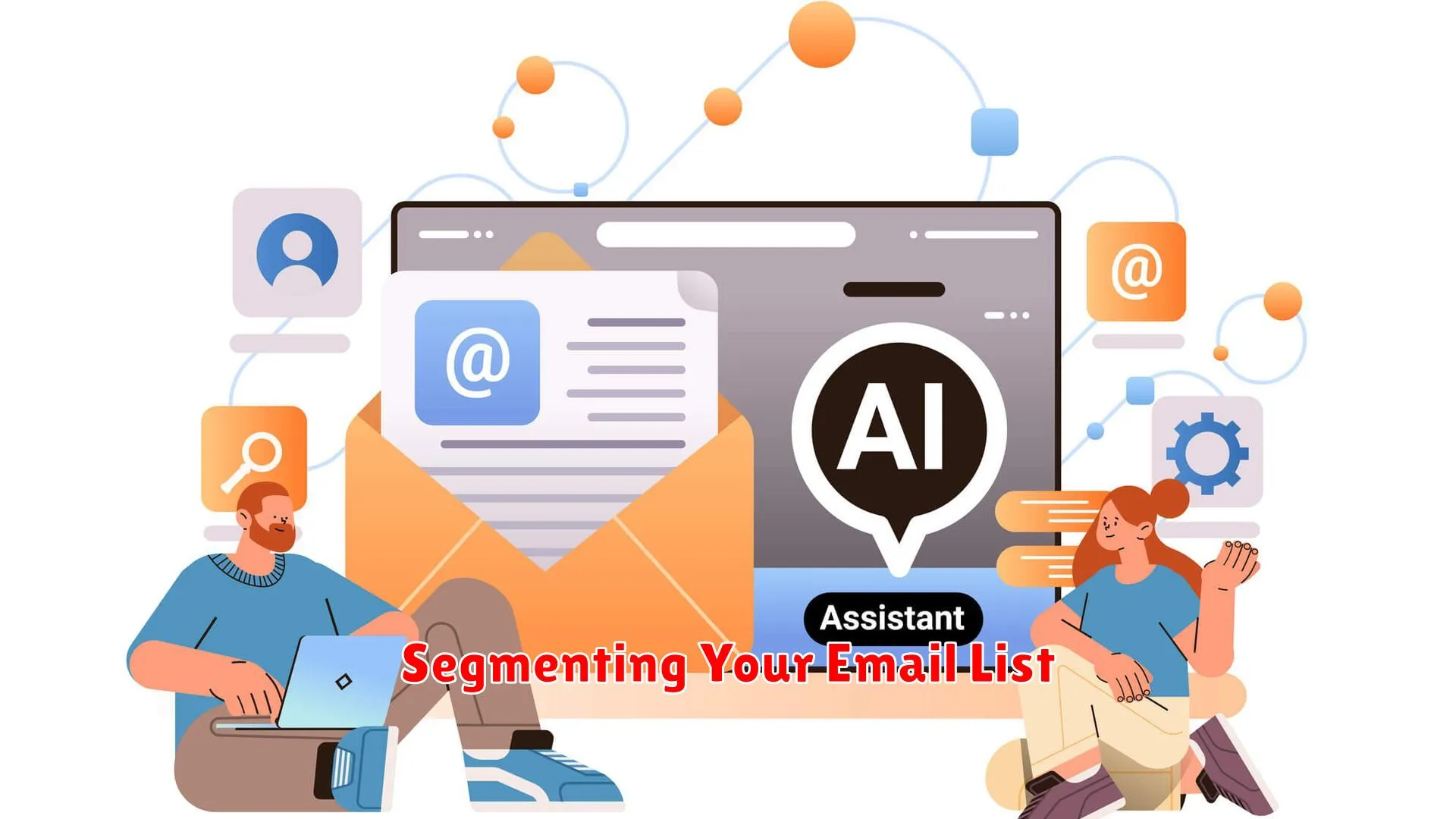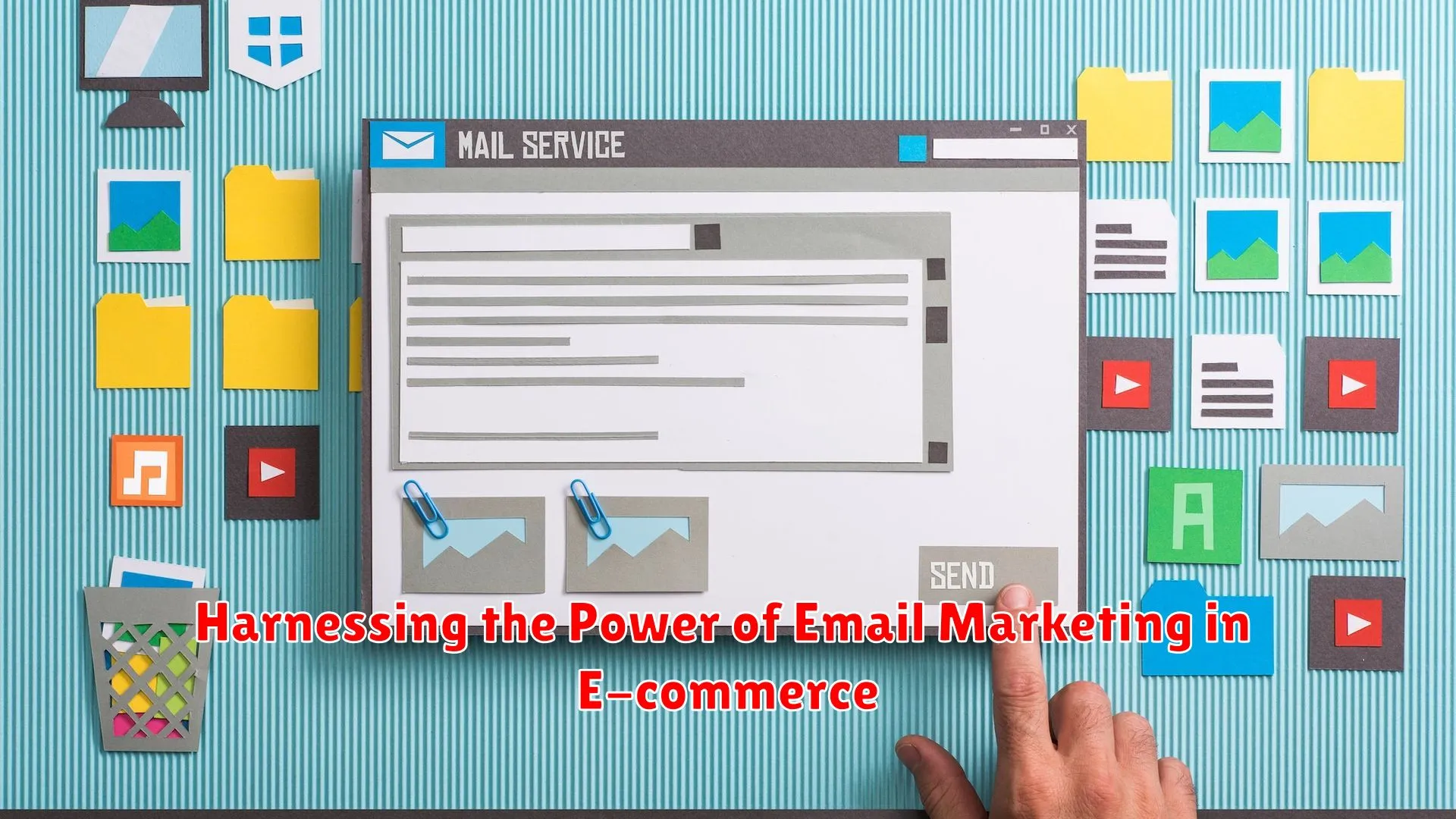In the competitive world of e-commerce, harnessing the power of email marketing is essential for driving sales and building customer relationships. Discover key strategies and tips to leverage this effective marketing tool in our in-depth guide.
The Role of Email Marketing

Email marketing plays a crucial role in the success of e-commerce businesses by serving as a powerful tool for customer engagement, lead generation, and revenue growth. In today’s digital age, where people are constantly connected to their email accounts, leveraging this channel effectively can significantly impact the bottom line of online retailers.
1. Building Customer Relationships: Email marketing allows e-commerce businesses to build and nurture relationships with their customers. By sending personalized and targeted emails based on customer behavior and preferences, businesses can create a sense of connection and loyalty among their audience.
2. Driving Sales and Conversions: One of the primary roles of email marketing in e-commerce is to drive sales and conversions. By sending promotional emails, product updates, and exclusive offers to subscribers, businesses can encourage purchases and increase revenue.
3. Engaging with Subscribers: Effective email marketing campaigns involve engaging content that keeps subscribers interested and informed. By providing valuable information, product recommendations, and updates on new arrivals, e-commerce businesses can keep their audience engaged and coming back for more.
4. Retargeting and Abandoned Cart Recovery: Email marketing also plays a key role in retargeting customers who have shown interest in a product but have not completed their purchase. By sending reminder emails and offering incentives, businesses can recover abandoned carts and recapture lost sales.
Crafting Effective Email Campaigns

When it comes to harnessing the power of email marketing in e-commerce, crafting effective email campaigns is essential to engage with your audience and drive conversions. Here are some key strategies to consider:
1. Segment Your Audience
Segmenting your email list based on customer preferences, behaviors, and purchase history allows you to send targeted and personalized content to different segments. This increases the relevance of your emails and improves the chances of conversion.
2. Use Engaging Subject Lines
The subject line is the first thing recipients see, so make it compelling and relevant to encourage them to open the email. Incorporate strong action words and create a sense of urgency to grab their attention.
3. Personalize Your Emails
Personalization goes beyond using the recipient’s name. Tailor the content based on their preferences, browsing history, and past purchases to make the email more relevant and valuable to them.
4. Optimize for Mobile
With the increasing number of users accessing emails on mobile devices, it’s crucial to ensure that your emails are mobile-responsive. This includes using a responsive design, concise content, and clear call-to-action buttons.
5. Test and Iterate
Don’t be afraid to A/B test different elements of your email campaigns, such as subject lines, content, and CTA buttons. Analyze the results and continuously iterate to improve the performance of your campaigns.
Segmenting Your Email List

Segmenting your email list is a crucial strategy when harnessing the power of email marketing in e-commerce. By dividing your subscribers into smaller, more targeted groups based on criteria such as demographics, behavior, or purchase history, you can personalize your messaging and campaigns to better suit their needs and interests.
Benefits of segmenting your email list:
- Improved engagement: Tailoring your emails to different segments ensures that your subscribers receive content that is relevant to them, increasing open rates and click-through rates.
- Higher conversions: Sending targeted offers or recommendations to specific segments can lead to higher conversion rates and, ultimately, more sales.
- Enhanced customer loyalty: By delivering personalized messages that resonate with your subscribers, you can build stronger relationships and foster customer loyalty.
How to effectively segment your email list:
- Utilize data: Use data analytics tools to gather insights about your subscribers, such as their purchase history, browsing behavior, and preferences.
- Segmentation criteria: Identify key criteria for segmenting your list, such as demographics, geographic location, past purchases, or engagement level.
- Create targeted content: Develop customized email content for each segment to ensure relevance and maximize engagement.
- Testing and optimization: Continuously monitor the performance of your segmented campaigns and refine your segmentation strategy based on feedback and results.
Analyzing Email Marketing Metrics

When it comes to e-commerce, email marketing is a powerful tool that can significantly impact the success of your business. Understanding and analyzing email marketing metrics is key to optimizing your campaigns and achieving higher conversion rates.
One important metric to consider is the open rate, which indicates how many recipients have opened your email. A high open rate suggests that your subject lines are enticing and engaging. Monitoring this metric allows you to refine your subject lines for better performance.
Another crucial metric is the click-through rate (CTR), which measures the percentage of recipients who clicked on a link in your email. A high CTR signifies that your content is relevant and compelling. Analyzing CTR can help you identify the type of content that resonates most with your audience.
Moreover, conversion rate is a key metric that demonstrates how effective your email campaigns are in driving desired actions, such as making a purchase or signing up for a newsletter. By analyzing the conversion rate, you can refine your calls to action and landing pages to enhance performance.
Additionally, subscriber growth rate is important for assessing the growth of your email list. Monitoring this metric allows you to track the effectiveness of your lead generation strategies and ensures a healthy subscriber base for future campaigns.
In conclusion, analyzing email marketing metrics is essential for maximizing the impact of your e-commerce email campaigns. By closely examining these key performance indicators, you can make data-driven decisions to improve engagement, conversion, and ultimately, the success of your business.
Integrating Email with Other Marketing Channels

When it comes to harnessing the power of email marketing in e-commerce, integrating email with other marketing channels can significantly enhance the effectiveness of your campaigns. By incorporating email into your overall marketing strategy, you can create a cohesive and consistent experience for your customers across different touchpoints.
1. Cross-Promotion
One effective way to integrate email with other marketing channels is through cross-promotion. Include links to your social media profiles, website, or blog in your emails to drive traffic and engagement. This can help expand your reach and increase brand visibility.
2. Personalized Retargeting
Utilize email marketing to complement your retargeting efforts on other platforms. By sending targeted emails based on customer behavior and interactions with your website or ads, you can nurture leads and encourage conversions.
3. Consistent Messaging
Ensure that your messaging remains consistent across all marketing channels, including email. Your email campaigns should align with your branding and overall marketing goals to provide a seamless experience for your audience.
4. Multi-Channel Campaigns
Develop multi-channel campaigns that incorporate email along with other channels such as social media, SMS marketing, or display advertising. This integrated approach can help reinforce your messaging and drive better results.
5. Data Integration
Integrate data from your email marketing campaigns with other channels to gain insights into customer behavior and preferences. This data-driven approach can help you optimize your marketing efforts and improve targeting for better results.
Conclusion
Email marketing remains a crucial tool for driving sales and engagement in e-commerce. With personalized strategies and automation, businesses can effectively reach their target audience and boost conversions.

